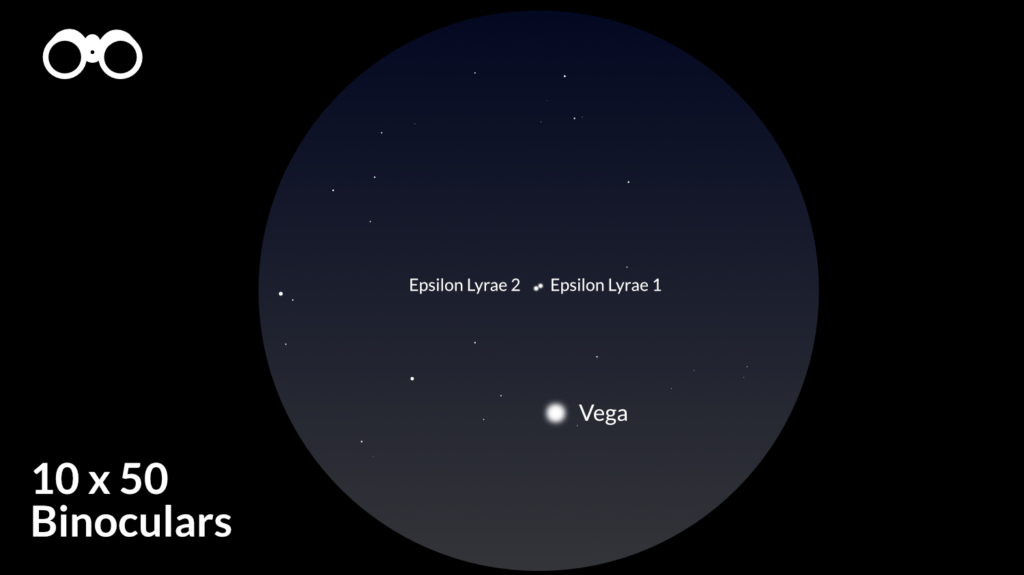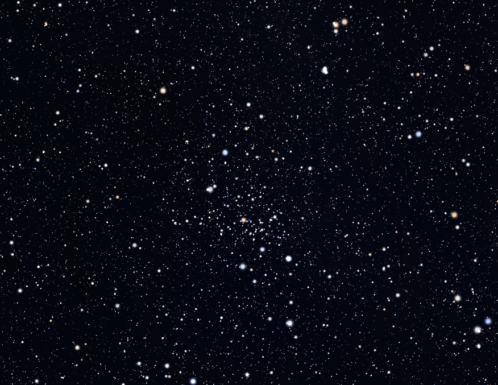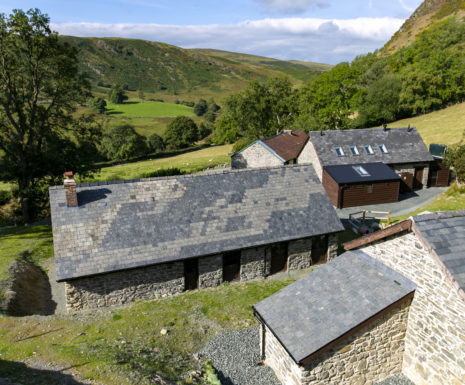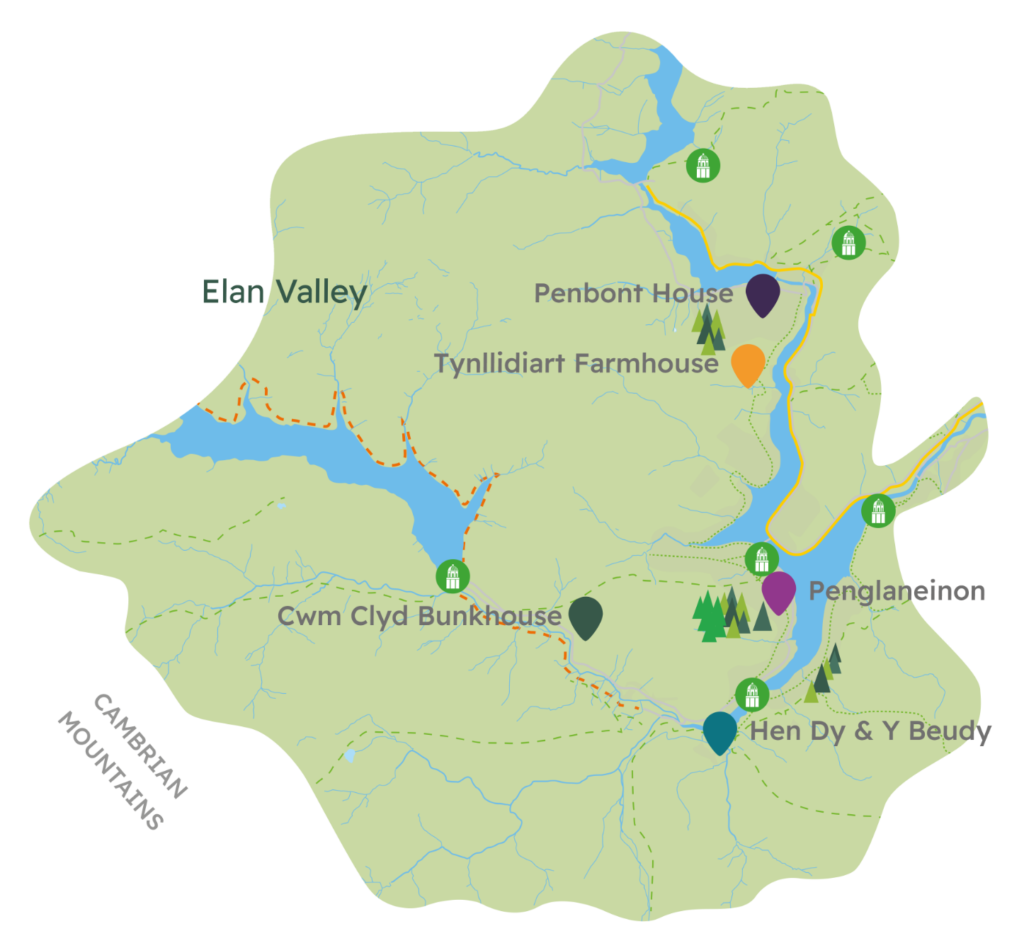Welcome to this month’s update to what’s in the night sky for July.
The nights during July won’t get dark enough for deep sky objects such as nebulae until the end of the month. Astro-darkness returns on 24th July here in Mid Wales between 1.10am and 3.40am – times differ depending on where you live in the UK – but the waning gibbous Moon prevents deep sky object enthusiasts enough time from seeking those faint and distant objects until 2nd August.
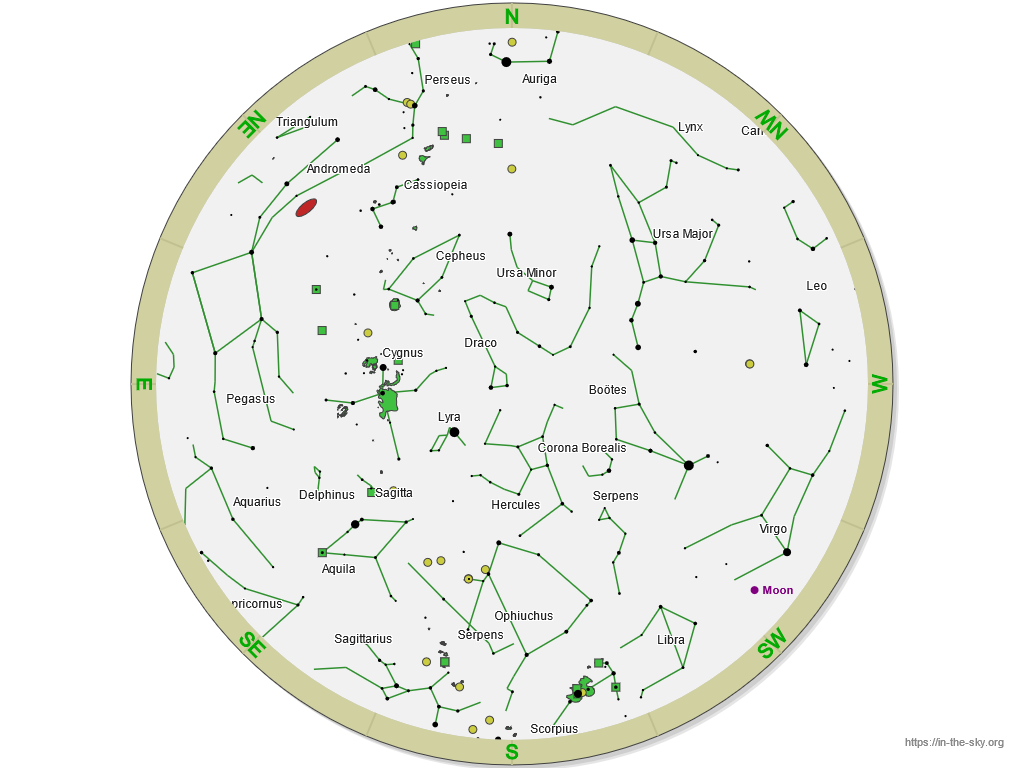
The constellations of Hercules, Lyra and Cygnus are well placed in the south at 10pm. The constellation of Sagittarius grazes the southern horizon, with Ophiuchus directly above and Aquila in the south-east. Eastwards, the constellations of Pegasus and Andromeda rises and in the west, Leo is all but set and Virgo lies low on the horizon. The circumpolar constellations of Cepheus, Ursa Major, Draco and Cassiopeia are well-placed. Circumpolar is a term used in Astronomy to indicate celestial objects that are above the horizon at all times.
The New Moon falls on 5th July and the Full Moon on 14th July.
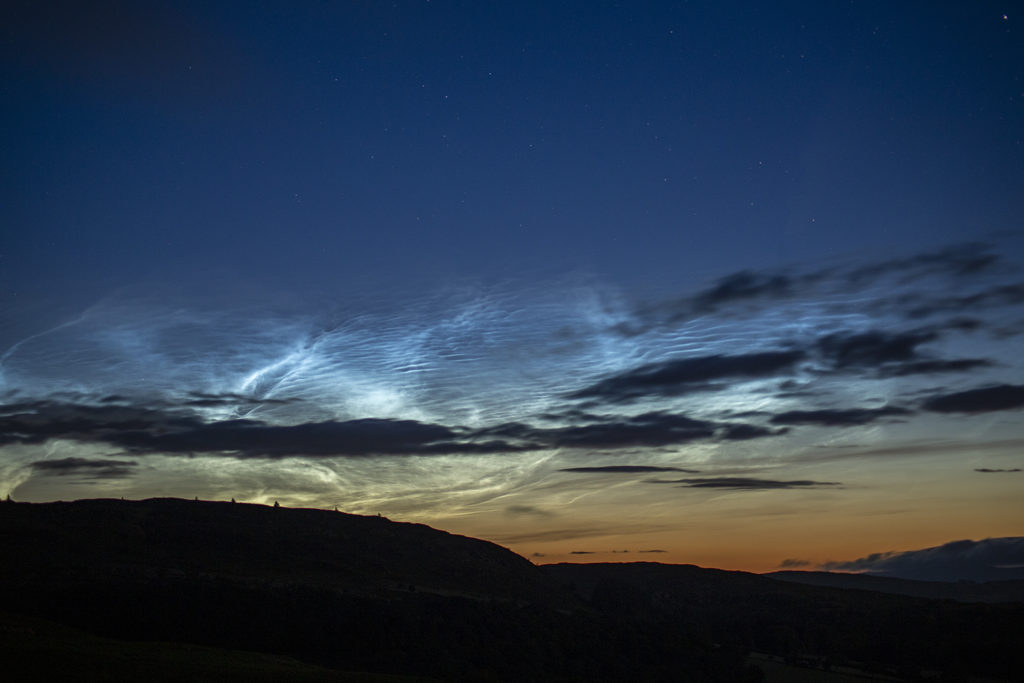
Noctilucent Clouds
Noctilucent clouds continue to appear during this month – it is thought that the peak of this season falls around the second week of July where the displays may be at their best. They should start to emerge when the brighter stars appear in the sky after sunset – don’t forget the early hours of the morning too – get up early and look to the northern horizon at around 90-120 minutes before sunrise.
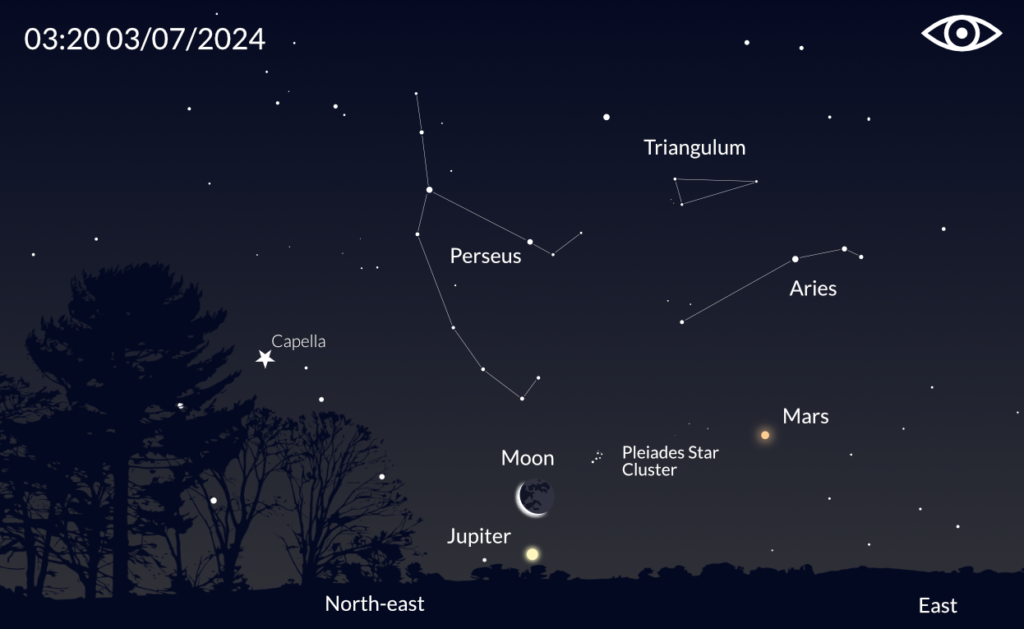
In the early hours of the morning on 3rd July, the waning crescent Moon passes close to Jupiter by 4.6 degrees. Jupiter rises in the north-eastern horizon at around 3am. Look out for the red planet Mars lying east of the Moon and if dark enough, try to spot the Pleiades Star Cluster slightly north-east of the Moon.

Open Star Cluster NGC 6940
RA | 20h 34m 26s
Dec | +28° 17′ 00″
For binocular users, NGC 6940 is a nice open star cluster that can be found in the constellation of Vulpecula.
Located 2500 light years away, it comprises a loose cluster of around 100 stars, oval in shape – in darker skies it can almost appear nebulous with a scattering of brighter stars.
Image credit: Di Roberto Mura – Opera propria, CC BY-SA 3.0
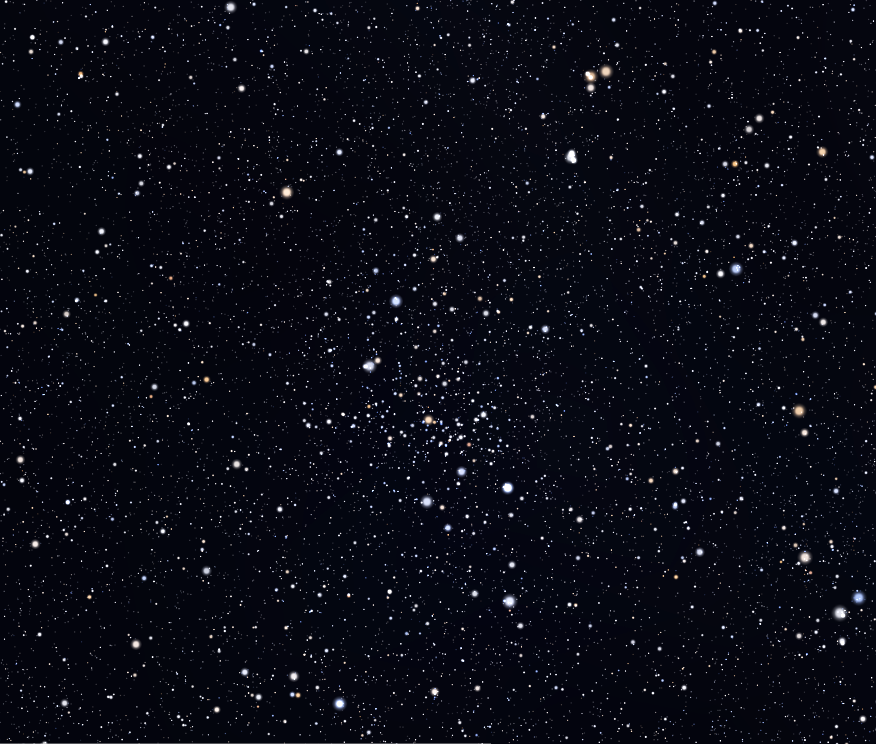

The Double Double
Near the constellation of Lyra is a star that holds many surprises. Epsilon Lyrae (ε Lyrae) to the unaided eye appears as a single star lying close to the brightest star in the constellation, Vega.

If you have a telescope to hand of 60mm aperture and above, we recommend you use an eyepiece of 100 x magnification and see these two stars split again into four stars, which are bound together by gravity! There is a fifth star in this group, which was discovered as recently as 1985 using a technique called speckle interferometry.
Constellation of the month: Lyra
Lyra is a small summer constellation and is visible in the UK for most of the year. However, the best time to see it is when it is well placed in the sky, between June and October.
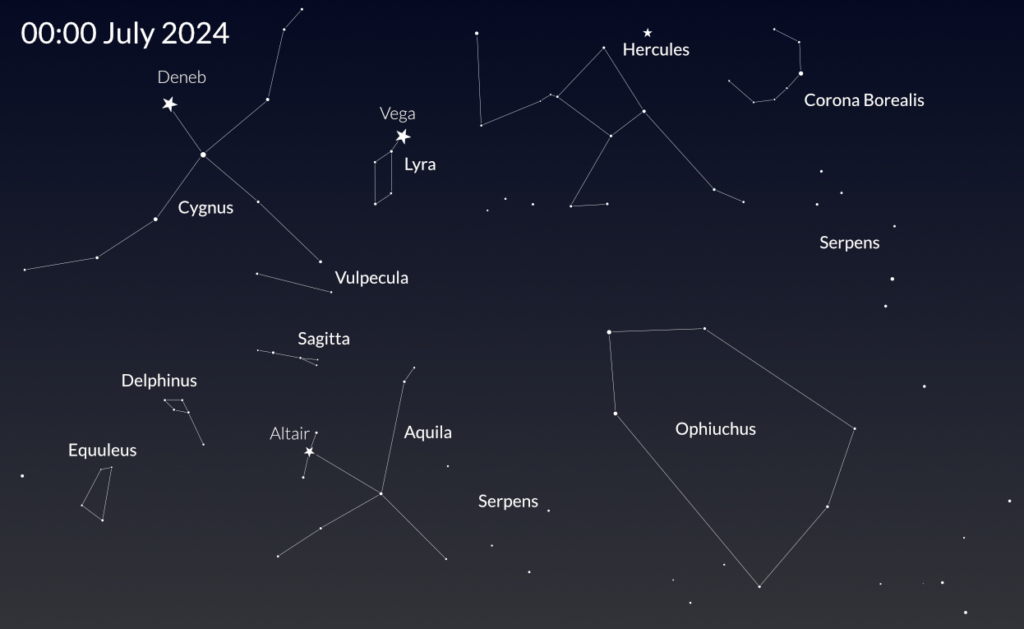
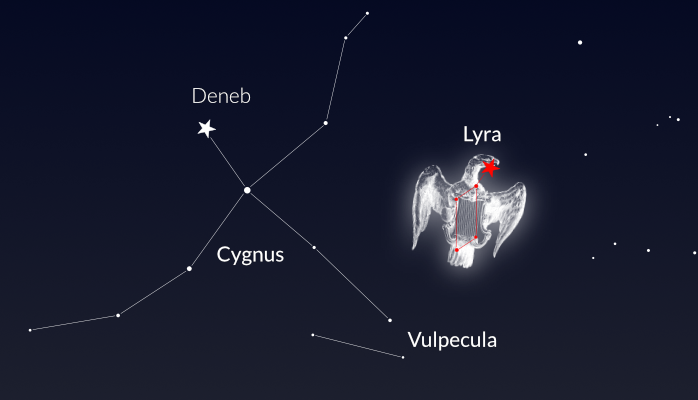
Universally, it resembles an ancient musical instrument called the harp and there are different myths and legends across the world. Here, an eagle is carrying a lyre in its claws.
In ancient Greek mythology, Lyra represent the lyre of the poet Orpheus. Apollo taught him how to play it and he created such wonderful music, even rocks were moved. He even used it on the Argonaught’s ship to drown out the enticing sound of the Siren’s calls as they sailed by. He also played it after his wife, Eurydice died, in the hope that the gods would hear him. They did, as the gods of the underworld Hades and Persephone heard his music and agreed to return his wife to the land of the living. There was one condition – he was not to look back until he had left the underworld. Unfortunately, he looked back and his wife, who was walking with him, vanished. Orpheus eventually died when he was persecuted by the Thracian Maenads and his lyre was tossed into the river. Zeus sent his eagle to retrieve it, and it was placed in the sky.

There is even an ancient Welsh legend of a man called Morgan who loved the sound of his voice and performed whenever he could, to the detriment of his neighbours. The trouble is, he wasn’t very musical and the sounds he produced were torturous to listen to. One day a bard was passing by, who criticized his singing. A while later, three weary travellers passed by, and Morgan, who was a generous man, provided hospitality for them. What he didn’t know, was that the three travellers were actually fairy people from the mystical land of Tylwyth Teg who were moved by his kindness and gifted Morgan a magical golden harp. This harp transformed his music so much that folk came from far and wide to listen to the wonderful singing and beautiful tunes. The music caused people to dance with joy for hours. The bard who once criticised his music was curious and came along to listen to Morgan perform. However, Morgan wanted revenge on the bard and used the harp against him, causing the bard to dance manically, without ceasing, causing his bones in his legs to break. This displeased the fairies who gifted him the harp, so they took it away from Morgan and placed it in the sky, so that no-one could use it to harm anyone again.

